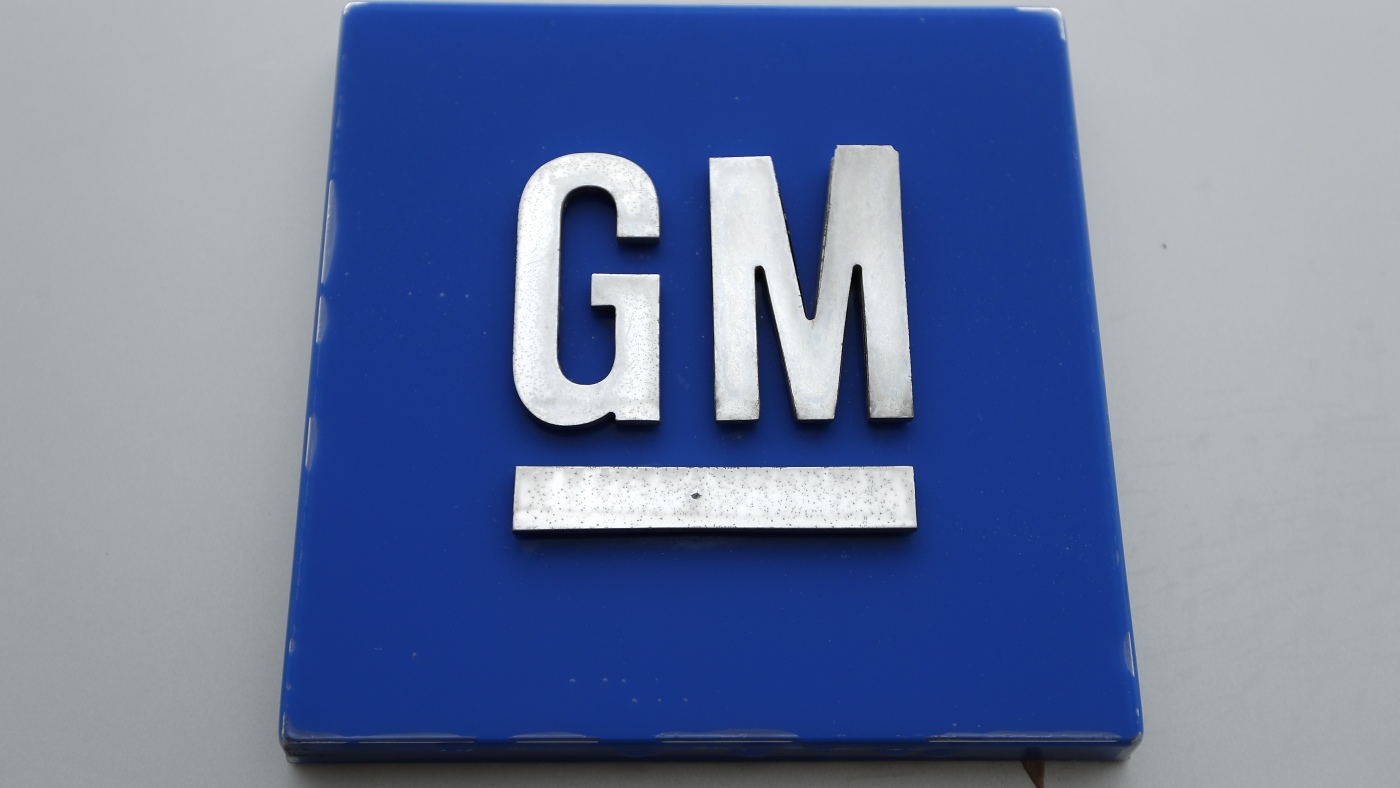In a recent earnings call, General Motors’ CFO Paul Jacobson announced that tariffs have hit the company hard, costing about $1.1 billion in just three months. This drop in profits lowered their profit margin from 9% to 6.1%. Jacobson noted that they have managed to mitigate some of these losses but not enough.
“We’re working to offset at least 30% of the expected $4 to $5 billion tariff impact for the full year 2025,” he explained. This strategy involves tweaking manufacturing processes, launching targeted cost initiatives, and adjusting consumer prices.
Tariff policies in the U.S. have been unpredictable recently. Executives at GM recognize that ongoing changes could help ease some of these financial burdens. For example, potential bilateral trade deals might reduce costs altogether.
Despite facing a 25% tariff, GM continues to import popular vehicle models from Korea. CEO Mary Barra mentioned their high demand, indicating that these models remain crucial to their lineup.
However, the market reacted negatively to GM’s profit report, causing their stock to drop by 6%. Analysts Daniel Roska and Christopher Gray from Bernstein pointed out that GM must find ways to lessen these tariff impacts to meet their yearly targets.
Meanwhile, Stellantis, which owns brands like Jeep and Ram, revealed they faced $387 million in tariffs this past quarter. They also paused production to avoid these costs, which resulted in a 6% decline in shipped vehicles compared to the previous year.
Data shows that the auto industry has largely absorbed these tariff costs instead of passing them on to customers. Many consumers are already struggling with new car prices averaging nearly $49,000. Industry analysts note that this trend may affect profitability if it continues.
According to Kelley Blue Book, the average price of new vehicles increased by only 1.2% year-over-year in June, which is lower than the typical annual rise over the past decade. Erin Keating, a Cox Automotive analyst, commented on this, noting that businesses are absorbing more of the costs, which could be unsustainable and affect profits in the long run.
For more detailed statistics about the ongoing impact of tariffs and automotive pricing trends, you can visit Cox Automotive.





















